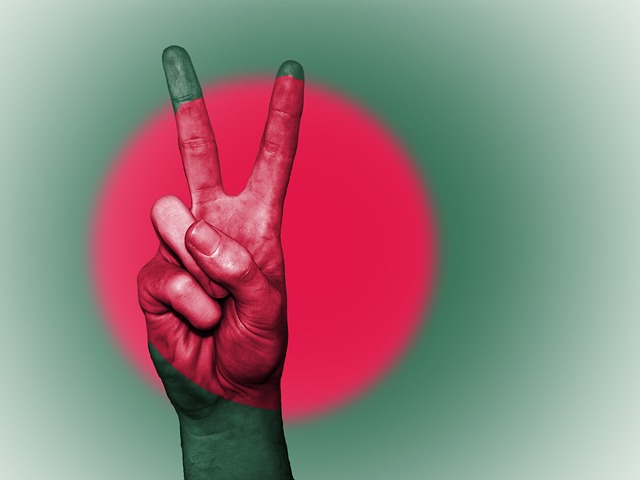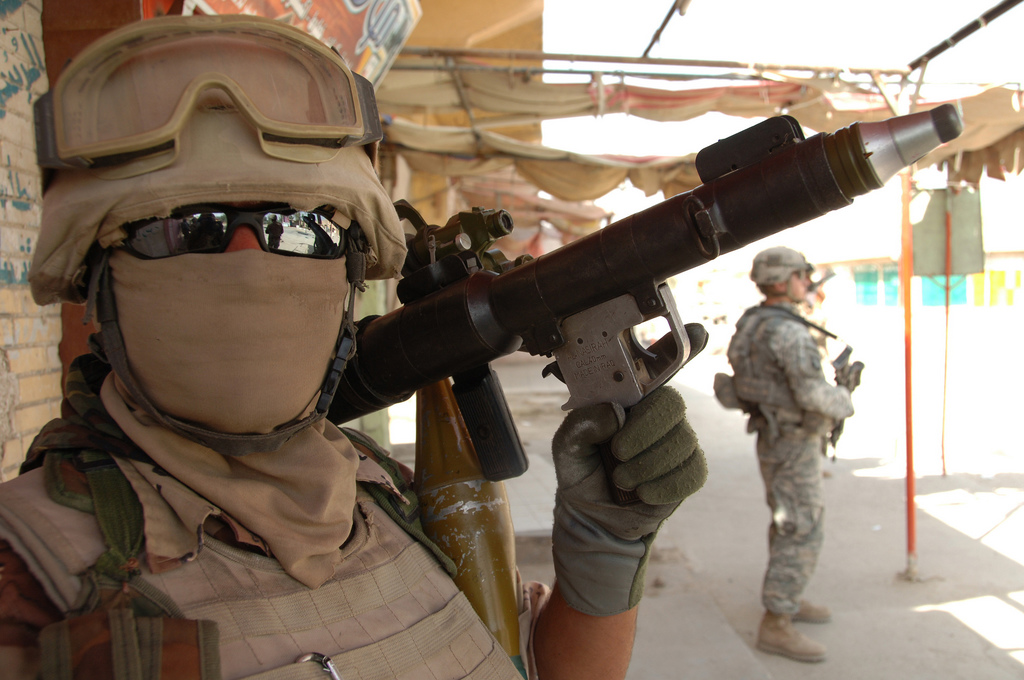Guest post by Alex Braithwaite and Tiffany Chu.
More than 30,000 foreign fighters from 100 countries have entered ongoing conflicts in Syria and Iraq since 2011. While the flow of these fighters has decreased dramatically over the past twelve months, two important concerns remain regarding foreign fighters. First, foreign fighters could radicalize rebel groups causing an escalation of violence in conflicts, lengthening their duration, and/or reducing opportunities for their resolution. Second, upon the conclusion of their participation in foreign conflicts, these fighters could try to return to their home countries and carry out deadly attacks. In two articles at Research & Politics and Journal of Conflict Resolution, we suggest that both of these concerns are easily exaggerated.
Previous studies present divided evidence as to whether foreign fighters aid or undermine the rebels that they join. On the one hand, data summarizing foreign fighter participation across the period 1900 to 2006 suggest that conflicts involving foreign fighters were more likely, on average, to conclude with insurgent victory than with government victory. On the other hand, in Chechnya, the arrival of foreign fighters perverted the goals of local rebels, negatively affecting their resource and recruitment bases and losing them support within local populations.
We employ a variety of regression-based statistical techniques to analyze data on foreign fighters and civil conflict outcomes between 1946 and 2013. We show that when foreign fighters participate alongside rebel groups, governments are significantly less likely to achieve an outright victory. More specifically, foreign fighters that travel from greater distances (beyond the immediate neighborhood) to join rebels, help those rebels to achieve a negotiated settlement or to otherwise continue their struggle against the government. This advantageous effect does not, however, help rebel groups to achieve outright victory. In other words, foreign fighters appear to boost the resource base of the rebels that they join without necessarily helping them to defeat their governments. Therefore, the concerns about foreign fighters radicalizing and leading groups to victory seem to be overstated.
Terrorist attacks in Brussels (May 2014), Paris (January and November 2015), and Manchester (May 2017) highlight the potential threat related to the arrival of foreign fighters and trained militants from conflict zones elsewhere. In our second paper, we argue that the greatest risk comes from scenarios in which rebel groups with foreign fighter participation achieve victory. Under such circumstances, we suggest, any remaining foreign fighters are most likely to rejoin the global stock of militants. From there, they represent a resource for militant campaigns around the globe, increasing the odds of terrorist violence globally. By contrast, when rebel groups are defeated, this restricts the flow of foreign fighters on the global market, reducing risks of terrorism. Our analysis of terrorist campaigns globally between 1970 and 2006 supports these expectations. Specifically, we demonstrate that the flow of foreign fighters is associated with the creation of new terrorism campaigns rather than the exacerbation of existing campaigns. It appears, therefore, that concerns about foreign fighters leaving conflicts and engaging in terror elsewhere are overblown and likely to be observed only in rare circumstances.
So, what does this mean for Syria and Iraq? Of course, the many conflicts being fought in these theaters may simply be more complex than those characterized in the logics we outline in our papers. However, we can speculate about lessons learned. First, policymakers are not entirely well placed in being more concerned about the threat of fighters “returning home” than their potential to escalate violence within the conflict zones in which they operate. Given that foreign fighters can extend the course of civil wars, they likely contribute to higher casualty levels and greater flows of refugees.
Second, the outcomes of conflicts in Iraq and Syria matter not only because they influence the future course of stability in the region, but also because they influence the knock-on effects that the conflicts have on stability elsewhere. Overturning dictatorial rule in Syria, without planning for its aftermath, could precipitate a greater flux of fighters onto the global market of militants.
Finally, the threat of terrorism resulting from foreign fighter flows ought to be downplayed. There appears to be anecdotal and empirical evidence of this relationship. However, the numbers of attacks are likely to remain incredibly low in the West and the casualties resulting from them infinitesimal as compared to those occurring in conflict zones. It might, therefore, make a great deal of sense to focus resources upon supporting negotiated settlements in conflict zones, with a particular focus upon issues of reintegration of fighters into their home societies.
Alex Braithwaite is Associate Professor in the School of Government & Public Policy at the University of Arizona. His research focuses on the causes, geography, and diffusion of violent and nonviolent forms of conflict. Tiffany Chu is a PhD Candidate in the School of Government & Public Policy at the University of Arizona. Her research focuses on how and when regimes systematically disadvantage certain groups in society, with a particular concentration on refugees and their link to civil conflict, terrorism, and repression processes.






3 comments
I’m not quite sure I understand how the authors got from their data to their conclusion. The article says, “The flow of foreign fighters is associated with the creation of new terrorism campaigns rather than the exacerbation of existing campaigns.” However, the very next sentence says, “It appears, therefore, that concerns about foreign fighters leaving conflicts and engaging in terror elsewhere are overblown and likely to be observed only in rare circumstances.” Doesn’t the first sentence say the opposite of the second? Because it seems to me that a foreign fighter leaving a conflict to commit a terrorist act in another country IS the start of another campaign rather than the exacerbation of an ongoing conflict. Am I just confused? Some clarity would be greatly appreciated.
A good question, Christopher. Our point is a little more complicated than we clarify here. “New campaigns” really just means isolated attacks by not well established outfits and typically means many fewer attacks with fewer casualties than would be expected if we observing exacerbation of existing campaigns. Further, in the context of terrorism in western countries, we are already talking about incredibly rare baselines for both attacks and casualties.
I get it now. Thanks for the clarification.